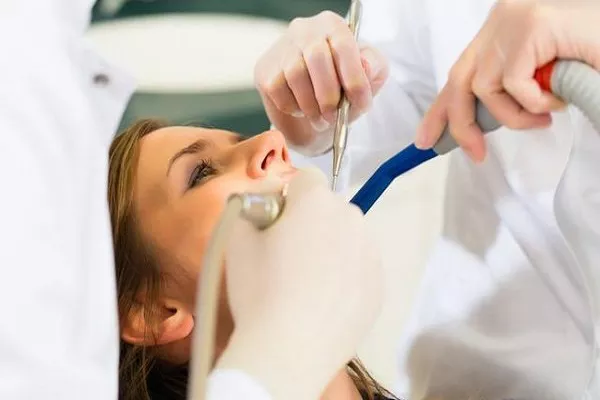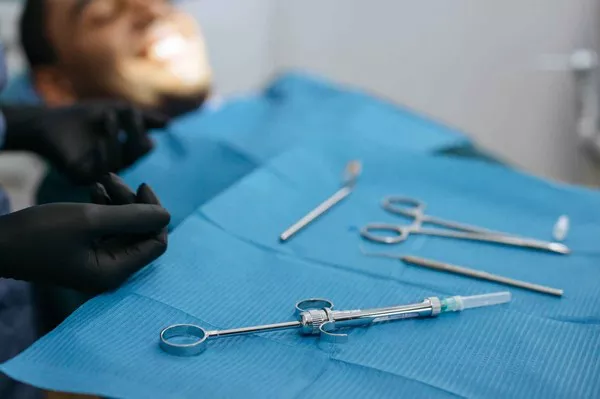Dental insurance plays a vital role in helping individuals and families access necessary dental care while managing the costs associated with various treatments. Dental fillings are one of the most common dental procedures, often required to treat cavities and maintain oral health. In this article, we will explore how dental insurance typically covers fillings, factors that influence the cost, and tips for maximizing your dental insurance benefits.
Understanding Dental Fillings
Dental fillings are restorative treatments used to repair teeth that have been affected by cavities or minor damage. The primary purpose of a dental filling is to restore the tooth‘s structural integrity and prevent further deterioration. Fillings come in various materials, including amalgam (silver-colored), composite resin (tooth-colored), gold, and porcelain. The choice of material can affect the overall cost of the filling.
Factors Influencing the Cost of Dental Fillings
Several factors can influence the cost of dental fillings, both with and without dental insurance:
Type of Filling Material: The material used for the filling can significantly impact the cost. Amalgam fillings are generally less expensive than tooth-colored composite fillings. Gold and porcelain fillings tend to be the most expensive options.
Location: The location of the tooth that requires filling can affect the cost. Teeth at the back of the mouth (molars and premolars) may be more challenging to access, potentially increasing the cost.
Extent of Damage: The extent of tooth damage or the size of the cavity can influence the cost. Larger or more complex cavities may require more extensive treatment and, consequently, cost more.
Dentist’s Expertise: The experience and expertise of the dentist can impact the cost. Experienced dentists may charge higher fees for their services.
Geographic Location: Dental care costs can vary based on your geographic location. Urban areas tend to have higher dental fees than rural areas.
Dental Insurance: The type and coverage of your dental insurance plan can significantly affect your out-of-pocket costs for dental fillings.
How Dental Insurance Typically Covers Fillings
Dental insurance plans often cover a portion of the cost of dental fillings, but the extent of coverage can vary widely based on your specific plan. Here’s how dental insurance typically works in regard to fillings:
Annual Maximum: Dental insurance plans often have an annual maximum, which is the maximum amount the plan will pay for covered services within a calendar year. The annual maximum can range from a few hundred dollars to a few thousand dollars, depending on your plan.
Deductible: Many dental insurance plans have a deductible, which is the amount you must pay out of pocket before your insurance coverage kicks in. Deductibles can range from $50 to $100 or more.
Coverage Percentage: Dental insurance plans usually cover a percentage of the cost of dental fillings. Common coverage percentages include 80% for basic procedures like fillings, meaning the insurance will pay for 80% of the allowable fee, and you’ll be responsible for the remaining 20%.
In-Network vs. Out-of-Network: Dental insurance plans often have a network of preferred providers. If you visit an in-network dentist, you may receive higher coverage than if you go out of network. However, out-of-network dentists may still be covered to some extent.
Preauthorization: Some insurance plans require preauthorization for certain procedures, including fillings. This means your dentist must obtain approval from the insurance company before performing the procedure.
Tips for Maximizing Dental Insurance Benefits for Fillings
To make the most of your dental insurance benefits for fillings, consider these tips:
Understand Your Plan: Familiarize yourself with the specifics of your dental insurance plan, including the annual maximum, deductible, and coverage percentages. Knowing your plan’s details will help you plan and budget accordingly.
Stay In-Network: Whenever possible, visit an in-network dentist to maximize your coverage. In-network providers have agreed to the terms and rates negotiated by your insurance company.
Preauthorization: If your plan requires preauthorization for dental fillings or other procedures, make sure your dentist obtains the necessary approval before the treatment to avoid surprises.
Regular Check-ups: Keep up with regular dental check-ups and cleanings. Early detection of cavities can help prevent more extensive and costly dental work in the future.
Discuss Costs: Before undergoing any dental treatment, discuss the costs and coverage with your dentist. They can provide you with a treatment plan and cost estimate, allowing you to make informed decisions about your care.
Conclusion
Dental insurance can help offset the cost of dental fillings, making essential oral health procedures more accessible. The cost of dental fillings can vary based on factors such as the type of filling material, the location of the tooth, and the extent of damage. Understanding your dental insurance plan, including its annual maximum, deductible, and coverage percentages, is essential to maximize your benefits.
By staying informed, visiting in-network dentists, and discussing costs and treatment plans with your dentist, you can make the most of your dental insurance coverage and maintain your oral health effectively. Remember that preventive care, including regular check-ups, is key to reducing the need for extensive dental work like fillings.
Related Topics:





























